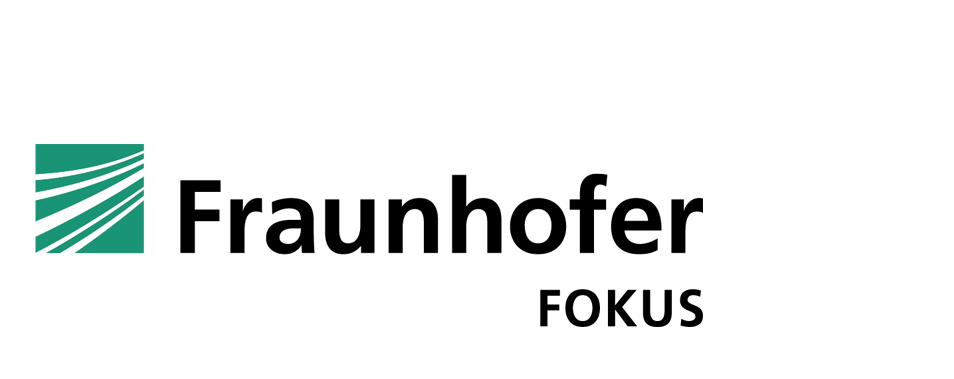Research
WP1 Sensing Signals and Extracting Information
Develop a unified framework to seamlessly extract four modes of information from signals: time, frequency, space, and waveform
T1.1. Super-resolution with Unknown Waveforms
Detect and locate threat signals in spectrum, time, and space, even when we don’t know what they look like
If waveforms are unknown, correlation based localisation does not work
New blind super-resolution framework
T1.2. Low-probability-of-intercept (LPI) Signal Detection/Classification
Specific instance of the framework
Develop a flexible RF chain model, generate example datasets, test super-resolution and subspace methods
T1.3. Learning for the Super-Resolution Framework
DNN to track the relationships among the four modes of information
Provide new insights and enhance the super-resolution framework
WP2 Signal Designs and Delivery
Study a network-wide and robust optimization of waveforms for sensing, signalling and joint sensing-signaling purposes
T2.1. Waveform Design for Sensing beyond the Ambiguity Function
Characterize the dependence of the Ambiguity Function on waveform and bistatic geometry (spatially distributed nodes)
Network-wide processing with spatially distributed nodes: optimal transmit receive pair, dynamic emitter selection, single/multi-target tracking
T2.2. Waveform Design for Precise Spatio-Temporal Signaling
Enabling precise spatiotemporal signalling and energy delivery while dynamically managing EM interference
Network-wide and robust optimisation of waveforms with imperfect knowledge of the channel state, with spatially distributed nodes
Time-reversal (TR) waveforms to enable high energy focusing WP2 Signal Designs and Delivery
T2.3. Joint Waveform Design for Sensing and Signaling
Decongesting the spectrum: Waveforms for remote sensing that carry covert/non-covert information
T2.4. Hardware and Nonlinearity ResilientWaveform Design
Hardware limitations: low-resolution ADCs, power amplifiers with low dynamic range and other low-spec circuits;
Nonlinear hardware and EM channel responses;
Constant Modulus (CM) waveforms.











